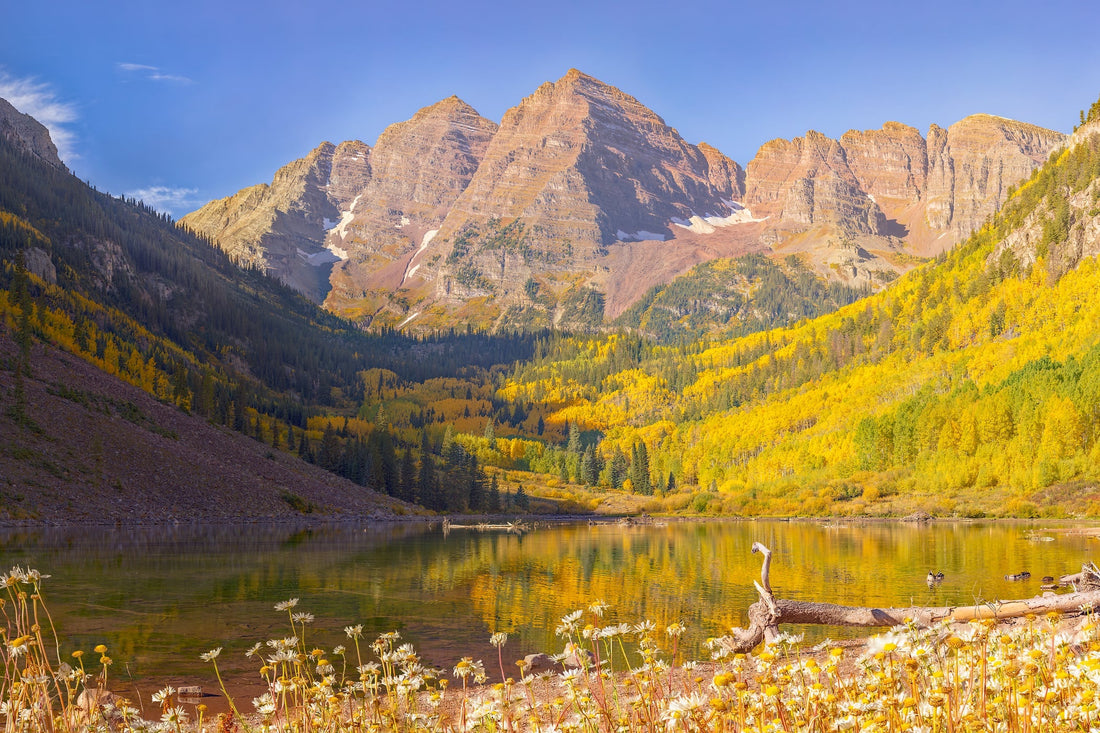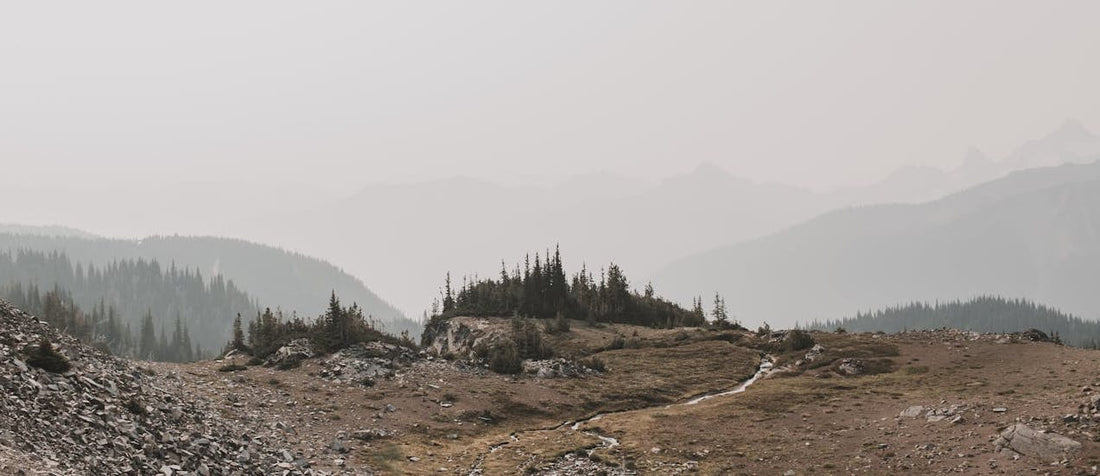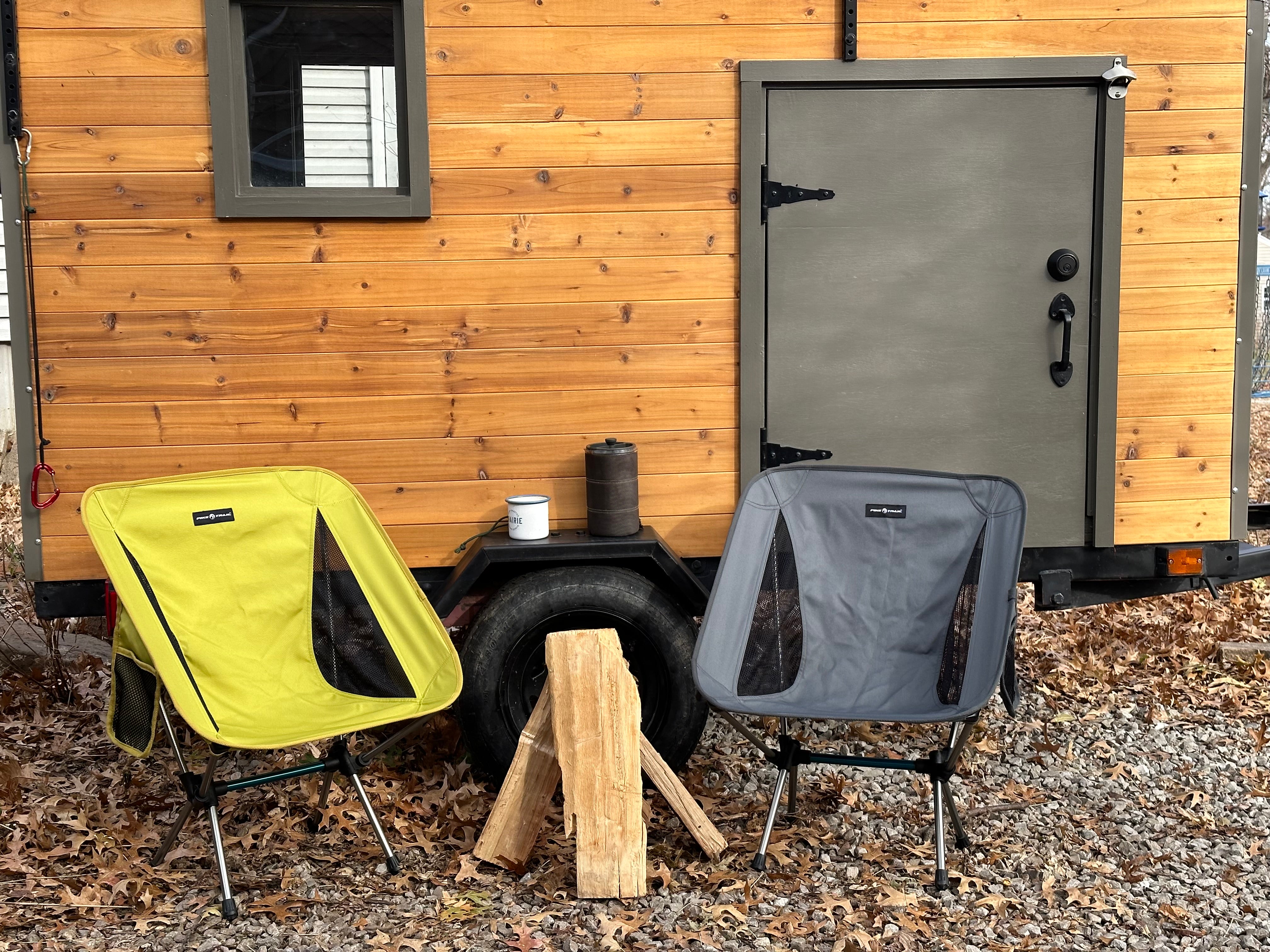Embarking on a morel mushroom hunting adventure is like stepping into a hidden realm of gastronomic delight and natural wonder. Morels, prized for their unique flavor and elusive nature, captivate the imagination of foragers across the globe. In this guide, we'll explore the art of morel hunting, from timing your expedition to identifying these prized fungi and the essential equipment you'll need to make your foraging journey a success.
The Best Time of Year to Hunt Morel Mushrooms:
The ideal time to go morel hunting varies depending on your geographical location. In general, morels tend to emerge in the spring, typically between March and June. However, specific timing can vary based on factors such as temperature, moisture levels, and local climate patterns.
- Northern Regions: In cooler northern regions, such as the northern United States and Canada, morels often appear later in the spring, typically around late April to early June, when soil temperatures warm up sufficiently.
- Southern Regions: In warmer southern regions, such as the southern United States, morels may emerge earlier, sometimes as early as March or April, coinciding with the onset of spring.
To maximize your chances of finding morels, monitor local weather conditions and soil temperatures. Aim to go hunting after a period of consistent warmth and moisture, as these conditions are conducive to morel growth. When searching for morels, look in habitats conducive to their growth. Morels often thrive in areas with a combination of specific environmental factors:
- Deciduous Forests: Morels are commonly found near deciduous trees, particularly elm, ash, oak, and poplar. Look for them in wooded areas with well-drained soil.
- Burn Sites: Morels have a fascinating relationship with wildfires, often appearing in abundance in areas that have recently experienced forest fires. If permitted and safe, exploring burn sites from previous years can yield fruitful results.
- Moisture and Temperature: Morels favor moist soil and thrive in temperatures ranging from 50 to 70 degrees Fahrenheit. Following spring rains or after a warm spell, when soil temperatures reach the optimal range, is an excellent time to search for them.
Identifying Morel Mushrooms and Their Varieties:
Identifying morel mushrooms is an essential skill for any aspiring forager, as these fungi have distinctive characteristics that set them apart from other species. Morels belong to the Morchella genus and are known for their sponge-like appearance, with a cap attached to a hollow stem. While all morels share these fundamental traits, they can be further categorized into several types:
-
Black Morels (Morchella angusticeps): Black morels are among the most common varieties and are characterized by their dark brown to black caps and elongated, conical shape. They often grow in a variety of habitats, including woodlands and burn sites.
-
Yellow Morels (Morchella esculenta): Yellow morels are highly prized for their delicate flavor and distinctive appearance. They have a yellow to tan cap with deep pits and ridges and are typically found in deciduous forests, particularly near ash, elm, and poplar trees.
-
White Morels (Morchella deliciosa): White morels are considered a gourmet delicacy, prized for their exquisite flavor and texture. They have a pale cream to white cap with prominent pits and ridges and are commonly found in similar habitats as yellow morels.
While morels are generally safe to eat when properly identified, it's essential to exercise caution and be aware of non-edible mushrooms that resemble morels. Some common look-alikes include false morels (Gyromitra spp.) and early morels (Verpa spp.), which can be toxic if consumed. False morels often have irregularly shaped caps and are not hollow inside, while early morels have a distinct skirt-like ring around the stem.
Equipment for Morel Mushroom Hunting:
Equipping yourself with the right gear can enhance your morel hunting experience and ensure your safety in the wilderness. Here's a list of essential equipment:
1. Sturdy Walking Shoes: Comfortable footwear with good traction is essential for navigating diverse terrain.
2. Mesh Bags or Baskets: Use breathable mesh bags or baskets to collect morels while allowing spores to disperse.
3. Pocket Knife: A sharp knife comes in handy for carefully cutting morels at the base of the stem.
4. Snake Gaiters: Protect your lower legs from brush and potential encounters with venomous snakes by wearing snake gaiters.
5. Mushroom Forager Bag: Specifically designed for mushroom hunting, these bags feature multiple compartments to keep your harvest organized and prevent cross-contamination.
Morel mushroom hunting is a delightful pursuit that connects enthusiasts with nature's bounty. Whether you're a seasoned forager or a novice explorer, the thrill of uncovering these elusive fungi is an experience like no other. By understanding the best time to hunt, identifying morels and their preferred habitats, and equipping yourself with the right gear, you'll be well-prepared to embark on your own morel hunting adventure. So, don your walking shoes, grab your gear, and immerse yourself in the enchanting world of morel mushroom hunting. Happy foraging!







2 comments
The south and west slopeing hills are a good place to start.
I have only gotten to eat Morels 2 times in 44 years. We have tried to find them and never have. I wish we had some one that shared.